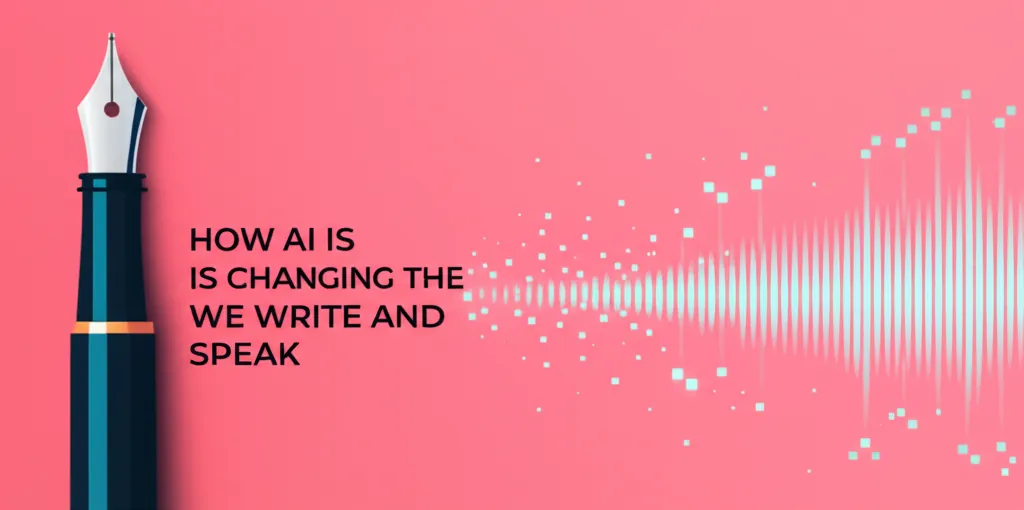AI Makes The Call At Wimbledon Ditching Human Judges
Technology is making a bold new move at the quintessentially British tennis grand slam, Wimbledon, an event steeped in customs from all-white player kits to serving strawberries and cream in the stands.
A Break from 147 Years of Tradition
In a historic shift, the 2025 tournament has broken with a 147-year tradition. The iconic, suit-wearing line judges who once patrolled the court boundaries are gone. In their place, a sophisticated system of robots and artificial intelligence now makes the crucial calls, using camera footage to track the ball's every move and determine if it landed in or out.
This change wasn't without resistance. Small protests occurred outside the All England Club, while many on social media expressed that removing human judges takes away some of the dramatic flair and theatrics from the matches.
Players and Pundits Voice Concerns
The transition to technology hasn't been entirely seamless for the athletes, either. In the women's draw, Chinese player Yuan Yue noted a practical issue with the new system: the automated line calls were too quiet.
"The voice, I cannot really hear it, it is a bit too low," she was quoted as saying. Yuan Yue explained that her request to have the volume turned up was denied by the referee. "I don't really mind, I just want to hear it clearly. [The umpire’s] voice is a lot more loud than the automatic one so we can hear that clear."
This sentiment was echoed by former Wimbledon line judge Pauline Eyre, who told BBC Sport that the AI's delivery felt hesitant. "They have used very calm voices — it sort of sounds like the voice isn't sure," she commented. "Sort of like it's saying 'Out… I think'. It feels a bit awkward."
Wimbledon's Head of Communications, Eloise Tyson, addressed one potential issue, stating, "We will use different voices on different courts so there is no confusion across courts that are close together."
Meanwhile, top players Fabio Fognini and Carlos Alcaraz also questioned the system during their opening match. Despite the new technology, the chair umpire still retains the final say on all calls.
How Does the AI Umpire Work
The electronic line-calling system is powered by the well-known Hawk-Eye technology, developed by a Sony-owned company. It employs an array of up to 18 cameras positioned around the court to meticulously track the ball.
Using AI to analyze the footage, the system can issue a notification on an 'out' ball within a tenth of a second and boasts an accuracy of within three millimeters. For verification, live images of the ball's impact can still be reviewed by human officials.
The Broader Trend in Professional Sports
While a major change for Wimbledon, the use of electronic line calling is not new to the tennis world. The US Open and Australian Open have already integrated the technology into their tournaments. The French Open at Roland Garros, however, famously continues to rely on human line judges, prioritizing its long-standing traditions.
The Hawk-Eye system's influence extends beyond tennis, as it is also a trusted officiating tool in sports like volleyball, football, and rugby, highlighting a growing reliance on technology for precision in professional sports.


